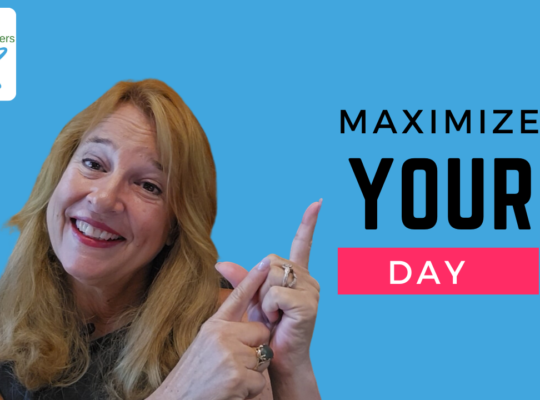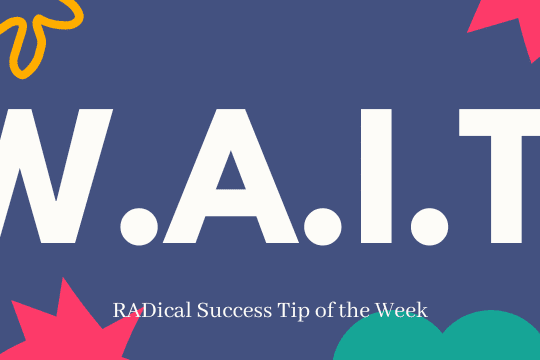“The single biggest problem in communication is the illusion that it has taken place.” – George Bernard Shaw
Communication today is faster and more convenient than ever. We have video calls, instant messaging, and email at our fingertips. But with all these tools, why do misunderstandings still happen so often?
The truth is, technology alone doesn’t guarantee effective communication. Tone, body language, and context still play a massive role, and when they’re missing or misinterpreted, communication can break down quickly.
If you’ve ever sent a message that was misunderstood, had a Zoom call fall flat, or given instructions only to have them interpreted differently by different people, you’re not alone. But great communicators don’t let breakdowns stop them—they adapt, clarify, and improve.
In this article, we’ll explore why communication fails, how to avoid breakdowns, and three key strategies to improve your communication—both online and offline.
The Digital Communication Challenge
We’ve come a long way from fax machines to instant messages. But despite these advancements, some aspects of human communication have been lost.
Here’s why:
💡 Tone & Body Language Matter More Than We Realize
- A simple “Okay.” in a text could mean agreement, sarcasm, or frustration—but without tone or facial expression, the meaning isn’t clear.
- Face-to-face interactions allow for subtle cues like eye contact, hand gestures, and posture to clarify meaning.
💡 We Process Information Differently
- What seems crystal clear to you might be confusing to someone else.
- Different people have different learning and communication styles—some prefer direct instructions, while others need context and discussion.
💡 Over-Reliance on One Channel Leads to Breakdowns
- We assume one email is enough, when in reality, people might miss it, skim it, or misunderstand it.
- We rely on Zoom meetings but forget to follow up with written action steps.
The result? Misalignment, confusion, and inefficiency.
So, how do we fix it?
3 Strategies to Avoid Communication Breakdowns
Great communicators don’t just repeat themselves and hope for better results—they adjust their approach. Here’s how you can do the same:
1. Switch Communication Channels When Needed
If your message isn’t getting through, change how you deliver it.
✅ Not getting a response to an email? Follow up with a quick text or call.
✅ Is a text message causing confusion? Jump on a quick video chat to clarify.
✅ Sending important information? Use a mix of spoken, written, and visual formats to reinforce the message.
💡 Pro Tip: Use the “Two-Channel Rule” – If a message is important, deliver it in at least two ways (e.g., send an email AND mention it in a team meeting).
2. Reframe & Clarify Your Message
When communication breaks down, saying the same thing louder won’t fix it. Instead, rephrase your message to make it clearer.
Instead of this ❌
📢 “You need to do a better job on this project.”
Try this ✅
📢 “Let’s take another look at the project details. I’d like to see more emphasis on [specific area]. Can you adjust that?”
Instead of this ❌
📢 “Let me know if you have any questions.”
Try this ✅
📢 “What part of this seems unclear or could use more explanation?”
💡 Pro Tip: Use examples, visuals, or analogies to help clarify complex ideas.
3. Adapt to Different Communication Styles
Not everyone communicates the same way, and that’s okay! The key is to recognize different styles and adjust your approach.
The Four DISC Communication Styles:
🔵 D – Dominant (Direct & Fast-Paced): Get to the point, be brief, and focus on results.
🟢 I – Influential (Expressive & Social): Keep the conversation engaging and energetic.
🟡 S – Steady (Supportive & Thoughtful): Take your time, show empathy, and focus on relationships.
🔴 C – Conscientious (Detail-Oriented & Logical): Provide clear data, structure, and precision.
💡 Pro Tip: Take a DISC assessment to learn your communication style and how to adapt to others. (Find one here).
Your RADical Action Step
Take 5 minutes today to reflect on a recent communication that didn’t go as planned. Ask yourself:
🔹 Could I have used a different channel (call, email, text)?
🔹 Could I have rephrased my message for clarity?
🔹 Did I consider the other person’s communication style?
💬 What’s your biggest communication challenge? Drop a comment below!
📺 Watch the Full Video Here:
🚀 Want to master communication? Let’s chat! Book a free call.
Final Thoughts
Effective communication isn’t just about what you say—it’s about how you say it, who you’re talking to, and the tools you use.
By switching channels when needed, reframing unclear messages, and adapting to different communication styles, you can break through misunderstandings and build stronger connections in business and life.
Remember: Communication is the bridge to RADical success—let’s build it together! 🚀





